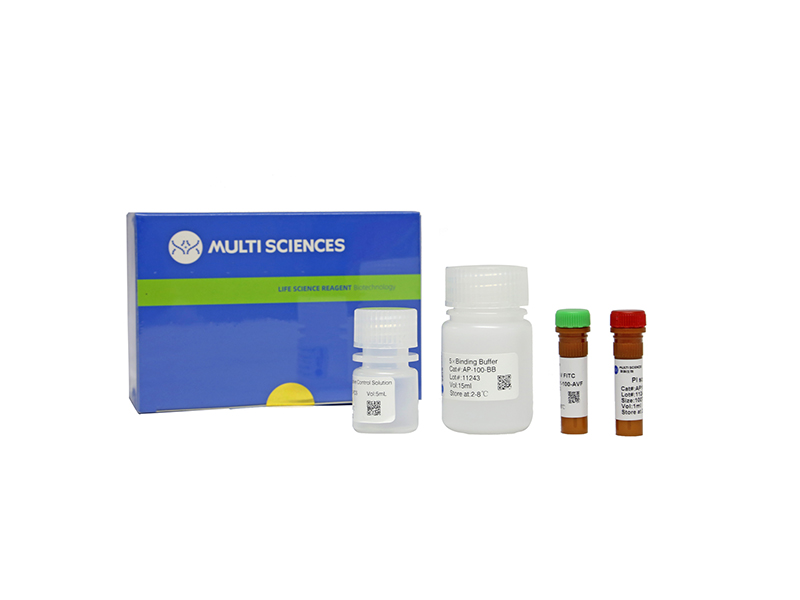Chronic myelogenous leukemia is a neoplasm of myeloid progenitor cells. We recently found that rapamycin could induce G0/G1 phase arrest and apoptosis and inhibit proliferation of K562 cells through inhibiting mammalian target of rapamycin (mTOR) pathway. However, whether rapamycin has synergistic effects with other drugs in chronic myelogenous leukemia (CML) therapies remain unclear. Therefore, we examined the effect of rapamycin combined with celecoxib on K562 cells in vitro. The survival rates showed a significant decrease in rapamycin + celecoxib treatment group. The combination treatment also increased the G0/G1 phase cells as compared to rapamycin or celecoxib treatment alone (P < 0.05), accompanied with the decreased population of S phase cells. Meanwhile, the rate of apoptosis was 15.87 ± 2.21 % in rapamycin + celecoxib treatment group, significantly higher than that in mono treatment group (P < 0.05). Western blot and reverse transcription PCR (RT-PCR) analysis showed that the expressions of mTOR, 4E-BP1, and p70S6K were all significantly decreased in K562 cells after rapamycin + celecoxib treatment (P < 0.05). In conclusion, rapamycin combined with celecoxib could induce cell cycle arrest and apoptosis and decrease the expressions of mTOR, 4E-BP1, and p70S6K. It suggested that the combination could enhance the antitumor effects of mono treatment on CML cells through downregulating mTOR pathway.
文章引用产品
-
-
- AP101
- 凋亡试剂盒
Annexin V-FITC/PI Apoptosis Kit(适用于除C6以外的流式细胞仪)
-
¥630.00 – ¥1,280.00
-
- AP101
- 凋亡试剂盒
Annexin V-FITC/PI Apoptosis Kit(适用于除C6以外的流式细胞仪)
- ¥630.00 – ¥1,280.00



